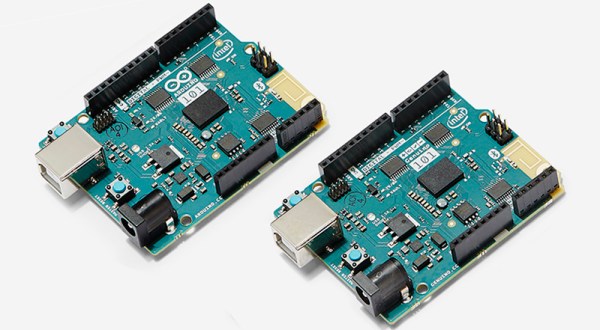On February 25, 1991, during the eve of the of an Iraqi invasion of Saudi Arabia, a Scud missile fired from Iraqi positions hit a US Army barracks in Dhahran, Saudi Arabia. A defense was available – Patriot missiles had intercepted Iraqi Scuds earlier in the year, but not on this day.
The computer controlling the Patriot missile in Dhahran had been operating for over 100 hours when it was launched. The internal clock of this computer was multiplied by 1/10th, and then shoved into a 24-bit register. The binary representation of 1/10th is non-terminating, and after chopping this down to 24 bits, a small error was introduced. This error increased slightly every second, and after 100 hours, the system clock of the Patriot missile system was 0.34 seconds off.
A Scud missile travels at about 1,600 meters per second. In one third of a second, it travels half a kilometer, and well outside the “range gate” that the Patriot tracked. On February 25, 1991, a Patriot missile would fail to intercept a Scud launched at a US Army barracks, killing 28 and wounding 100 others. It was the first time a floating point error had killed a person, and it certainly won’t be the last.














